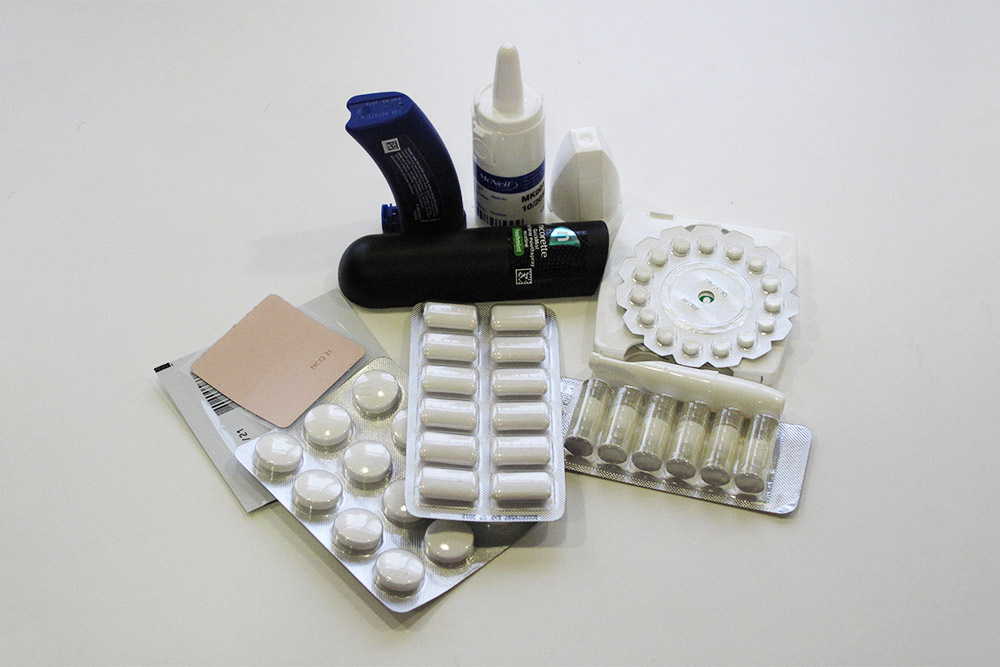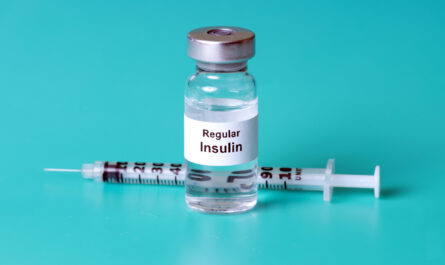Nicotine replacement therapy or NRT refers to the use of products that provide controlled doses of nicotine without combustion, in order to help cigarette smokers who wish to stop smoking reduce their nicotine withdrawal symptoms and cravings that occur when they try to quit smoking. NRT has become an important medical treatment for smoking cessation globally and has helped many people quit or reduce their cigarette consumption around the world.
Forms of NRT
There are various forms of Nicotine Replacement Therapy available globally which provide nicotine through different delivery methods. Some of the main forms include:
Transdermal Patches: Nicotine patches are available in different doses to be worn on the skin for 24 hours at a time and provide a continuous dose of nicotine through the skin which enters into the bloodstream. Patches are one of the most popular forms of NRT.
Gums and Lozenges: Nicotine gums and lozenges which allow controlled doses of nicotine to be absorbed in the mouth when chewed or sucked. Their action is similar to the nicotine hit from smoking. Various strengths are available depending on the individual’s addiction level.
Inhalers: Nicotine inhalers resemble asthma inhalers that provide a puff of nicotine vapor which is inhaled through the mouth. This delivers nicotine to the lungs fast, in a way similar to smoking a cigarette.
Nasal Sprays: Nicotine nasal sprays deposit nicotine solution into the nostrils from where it is quickly absorbed through the nasal lining into the bloodstream. They act very quickly to relieve cravings.
Sublingual Tablets: These dissolve under the tongue and provide nicotine that is absorbed through the tissues in the sublingual space. They work fast to relieve cravings compared to gums or patches.
E-cigarettes and vapes: Battery-operated devices that heat nicotine-containing e-liquids to product vapor that is inhaled. They are designed to mimic the behavior and sensory experience of smoking. Their efficacy and safety as NRT is still being studied.
Global Usage Patterns
NRT usage and availability differs globally depending on factors like availability, affordability, cultural attitudes and tobacco control policies. Some trends observed are:
North America: US and Canada have the highest per capita NRT usage in the world. All forms are easily available over the counter without prescription. E-cigarettes and vapes have become very popular as alternatives to smoking in recent years.
Europe: Patches, gums, lozenges and inhalers are freely available OTC in most countries. Prescriptions are needed in a few. Usage varies greatly between nations with UK and Scandinavia having high cessation rates attributed to widespread NRT availability and promotion.
Asia: Availability and awareness of NRT is improving but still limited in developing nations. Cultural factors may discourage its usage in some regions. Prescriptions needed for most forms in India, China, Japan except e-cigarettes in some places.
Africa: NRT forms are limited and not affordable for most populations. Local and regional initiatives are working to improve access through subsidies and community outreach programs to curb smoking epidemic.
South America: Middle income nations like Brazil, Chile, Argentina have wide access to basic NRT therapies. Low income countries of Central America have low cessation infrastructure and availability remains poor despite high smoking rates.
Global Regulatory Environment
With growing evidence of NRT’s effectiveness, worldwide regulatory policies have evolved to support nicotine replacement options:
Europe – Toughest regulations on tobacco but liberal policies towards certified NRT. Prescription needed only in select nations now. Many have policies to increase uptake.
USA – Authorized all NRT forms as OTC pharmacy products by 1996. Recent openness to innovative nicotine delivery like e-cigs but tightening regulations on advertising and sales.
Brazil – First developing nation to fully deregulate and subsidize NRT gums and patches in public health infrastructure. Led to significant declines in smoking rates.
WHO guidelines – Endorsed NRT as an important component of comprehensive tobacco control programs globally. Encourages wider availability and proper utilization guidance.
Most nations now acknowledge NRT’s role in reducing smoking related harms by providing safer sources of nicotine as an alternative to combustible cigarettes. Policies aim to balance controlling tobacco use while supporting viable options for cessation.
Global Impact and Future Directions
Since their commercial availability from early 1980s, nicotine replacement therapies have effectively helped millions of smokers successfully quit around the world according to several surveys and studies:
– UK surveys show NRT doubled smoking quit rates from 15-30% when used as directed along with counselling support.
– EuropeanQUIT study confirmed 15-25% long term abstinence rates in multiple European nations due to widespread therapy availability in the 1990s-2000s.
– CDC reported 10-20% of US smokers try to quit annually using an NRT aid and up to 70% reported reduced consumption while using them according to national quitline data.
– BRIDGES study demonstrated NRT significantly reduced smoking rates in Brazilian cities when subsidized as part of public health infrastructure.
While research into novel nicotine delivery methods and their comparative effectiveness will continue, affordable access to basic established therapies remains a global priority. Tobacco control advocates also emphasize the importance of counselling and behavioural support in maximizing quitting success using NRT. Overall trends indicate nicotine replacement will remain pivotal to global tobacco harm reduction goals in the coming decades.
*Note:
1. Source: Coherent Market Insights, Public sources, Desk research
2. We have leveraged AI tools to mine information and compile it.



